Most hunters and shooters today started out with a Daisy Red Ryder. Here’s how the “other” Daisy took off…
by Serena Juchnowski; photography by Serena and Tina Juchnowski
Downtown Branson, Missouri, is quite a sight. King Kong hangs off one building while the R.M.S. Titanic seemingly steams onto the road. Tucked amongst it all is the World’s Largest Toy Museum Complex, home to six museums, multiple collections, and over a million toys.
Toys were not part of my mission objective in Branson. I was searching for the National BB Gun Museum to learn more about the Daisy Model 25 I had received for review.
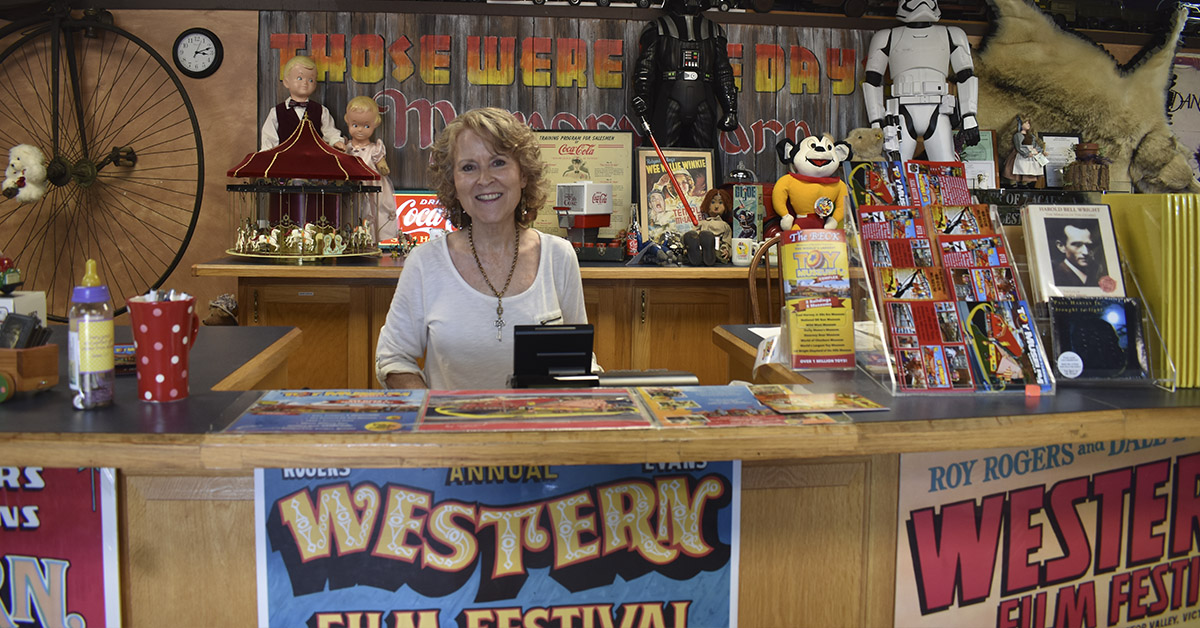
Wendy and Tom Beck’s National BB Gun Museum isn’t just about BB guns. Nods to Westerns, related action figures, and cap guns accent the displayed rifles. The display cases were generally organized by age, so I was able to watch the BB gun evolve as I moved through the museum. I never really thought too much of BB guns. A Red Ryder was my first introduction to shooting when I was young, but many years went by before I began to seriously pursue marksmanship. The various old ads prominently displayed throughout the museum, as well as seeing all the guns for myself, changed my perspective.
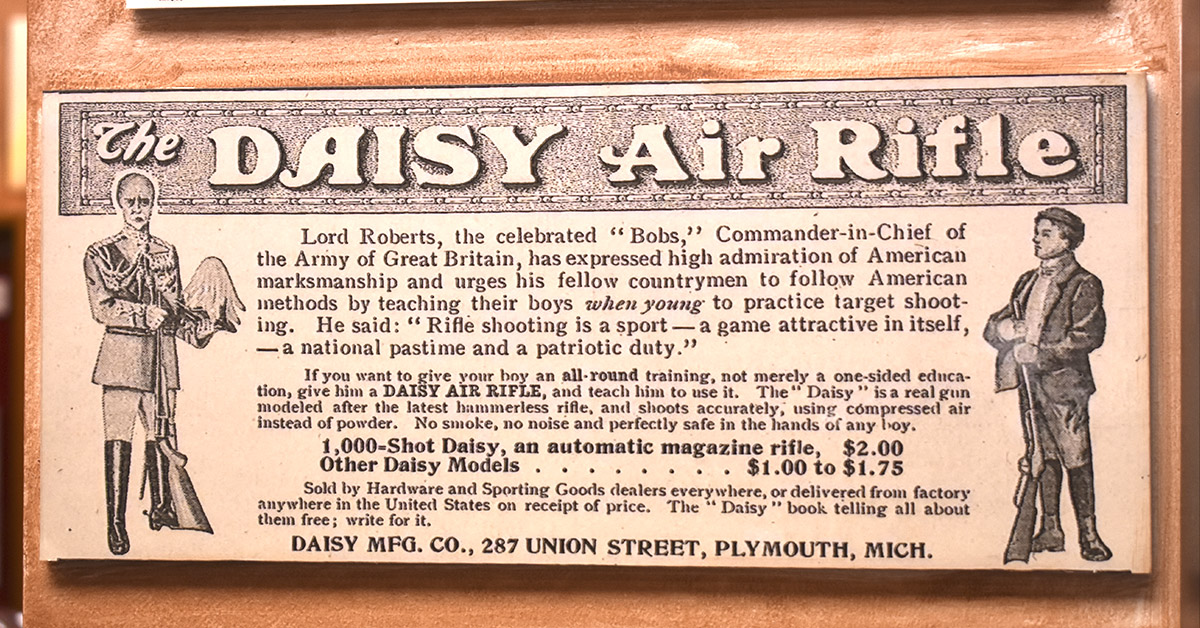
The most intriguing advertisements belonged to Daisy and highlighted the BB gun as a tool for youth to learn safe firearms handling and marksmanship. This was especially prevalent during war time, with ads calling upon parents to encourage their young boys to learn to shoot and be ready should their country ever need them. Girls were generally left out of these advertisements, but that was just how things were then.
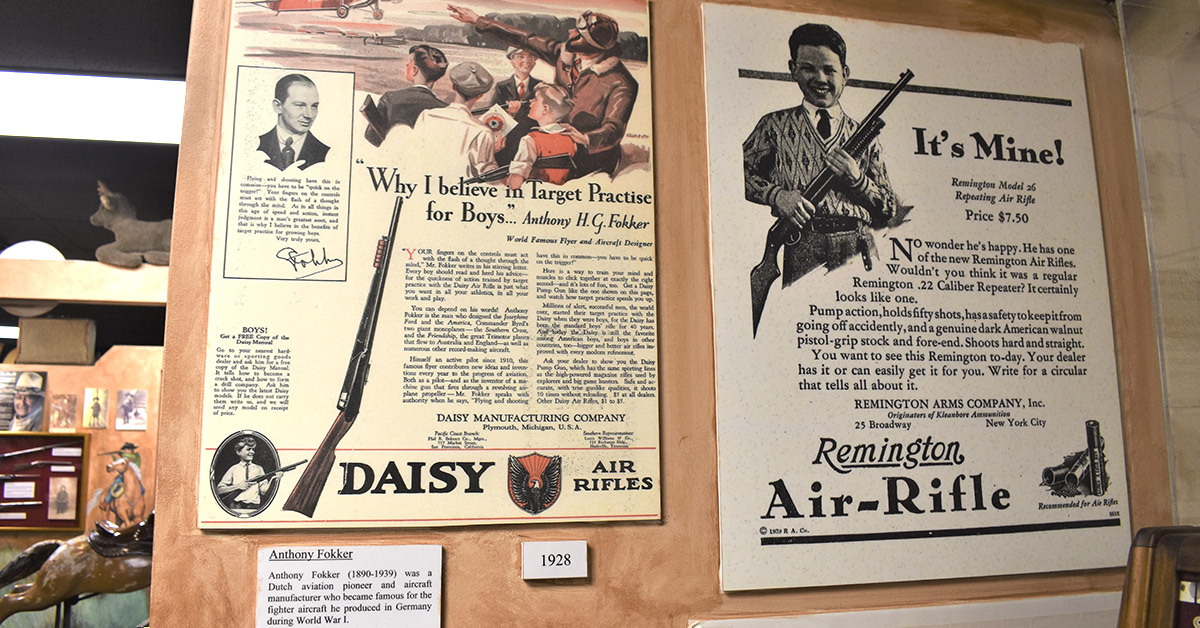
Military readiness and American pride were commonly promoted along with quotes from famous figures of the time. One ad was displayed without a year, but likely ran in the late 1800s or early 1900s based on the included quote from Lord Roberts, Commander-in-Chief of the Army of Great Britain: “Rifle shooting is a sport — a game attractive in itself, — a national pastime and a patriotic duty.” A 1928 ad featured the Model 25 and highlighted Anthony H.G. Fokker, a famous pilot and aircraft designer. The ad shows a letter from Fokker in which he wrote: “Flying and shooting have this in common — you have to be ‘quick on the trigger!’…As in all things in this age of speed and action, instant judgment is a man’s greatest asset, and that is why I believe in the benefits of target practice for growing boys.”
Nearly a century later, Daisy has kept this commitment to marksmanship. My Model 25 came with thorough instructions, including sight picture diagrams and an explanation of why marksmanship is important. Safety rules were also heavily highlighted.
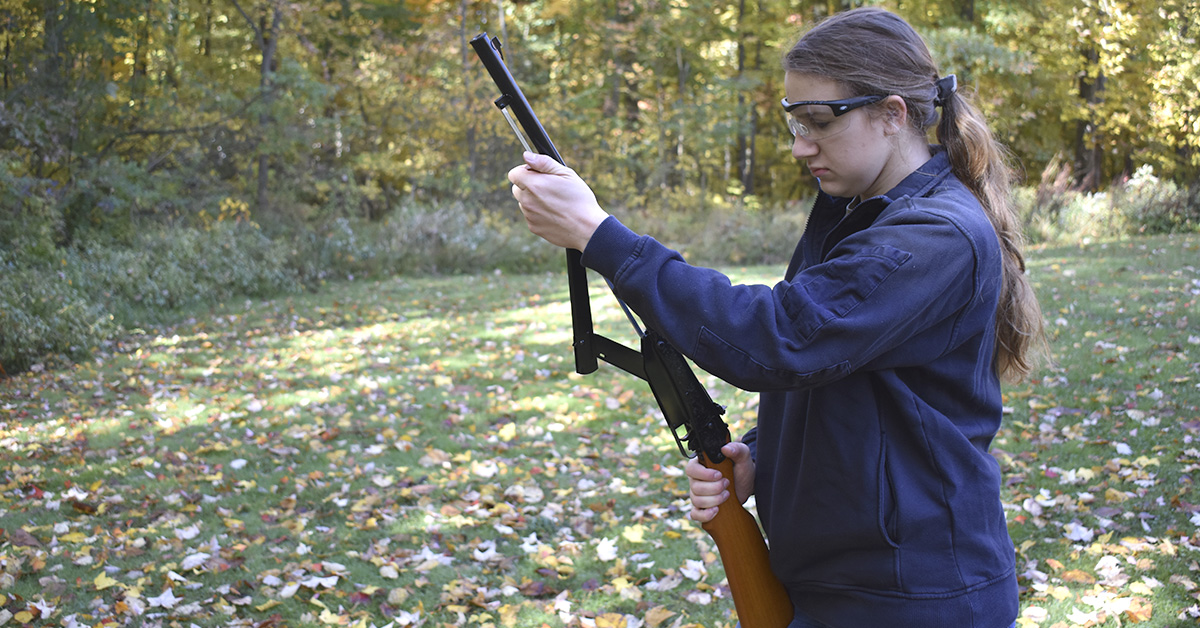
At just over three pounds, this gun is incredibly light and easy to handle. Daisy recommends a minimum age of 10 for this .177 pump rifle. With its 36.5-inch total length and the operating system, I’d agree with Daisy’s recommendation. I lost interest early on in BB guns because when I was seven, I struggled to pump them.
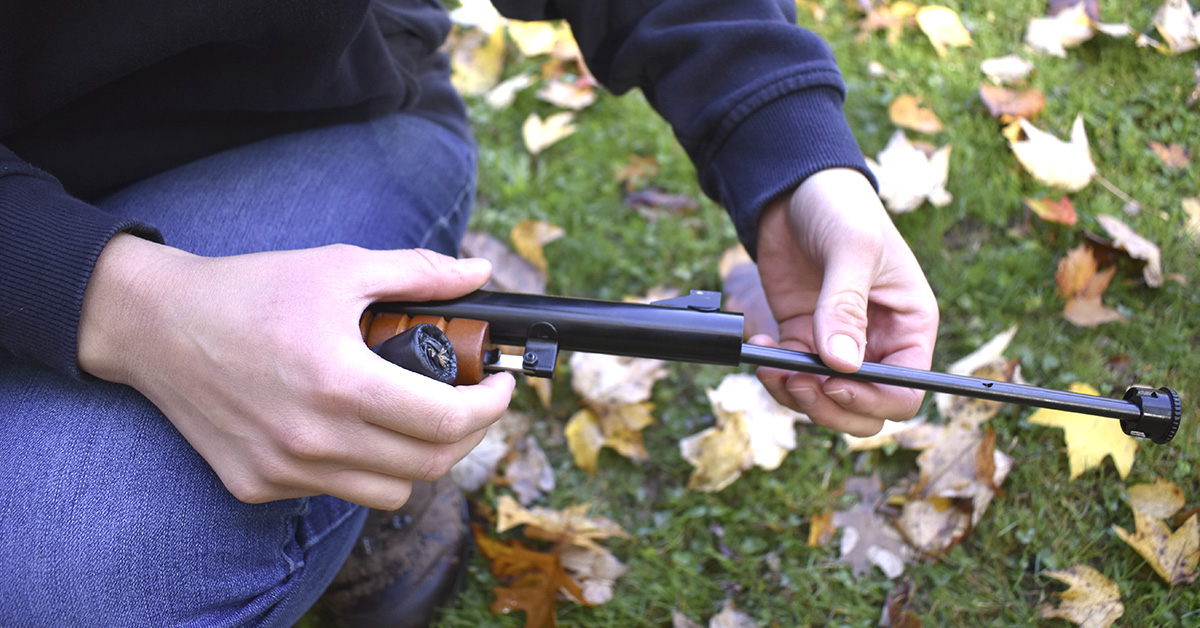
Though you still need to cock the gun each time, the Model 25 holds 50 .177 BBs in its shot tube. This magazine is accessible by unscrewing the top of the barrel. Be sure the rifle is on safe and hands are away from the trigger guard during this step. One side of the shot tube has a small tab held in place by a spring. Compress the spring with the tab and hold it in place by rotating the tab into the appropriate recess. I quickly discovered even a slight bump could send the spring flying forward, so I was sure to hold it in place while I loaded BBs.
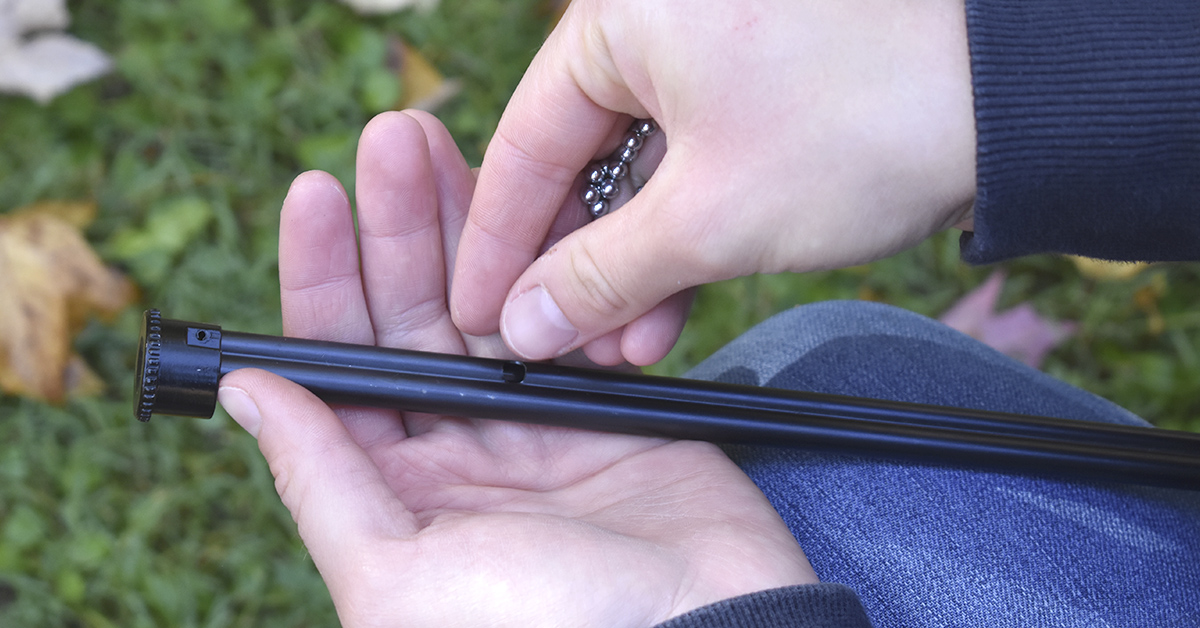
I lost several small steel balls as I attempted to load them into the magazine. After a few tries, I discovered the best method was for me to open my palm and push my fingers together, keeping my hand at a roughly 45-degree angle to the opening. Any BBs that made it into the space between my fingers landed neatly into the magazine. It is also important to note the magazine should be held at a slight angle during this process so the BBs will slide down and it can be filled to capacity.
The safety was easy to operate, with a red line showing when the gun was set to fire. I didn’t test the full maximum shooting distance, but Daisy says it will reach out to 195 yards, sending a BB at 350 fps. Pumping the gun was fun and easy, though I can see how some youth (like my younger self) may struggle to cock it. Included iron sights are adjustable for windage and elevation. This gun was fun to shoot and didn’t require any ear protection. I am very sensitive to noises and hardly noticed any sound from the Model 25 at all. This is to be expected of a BB gun but is another reason they are ideal for teaching youth.
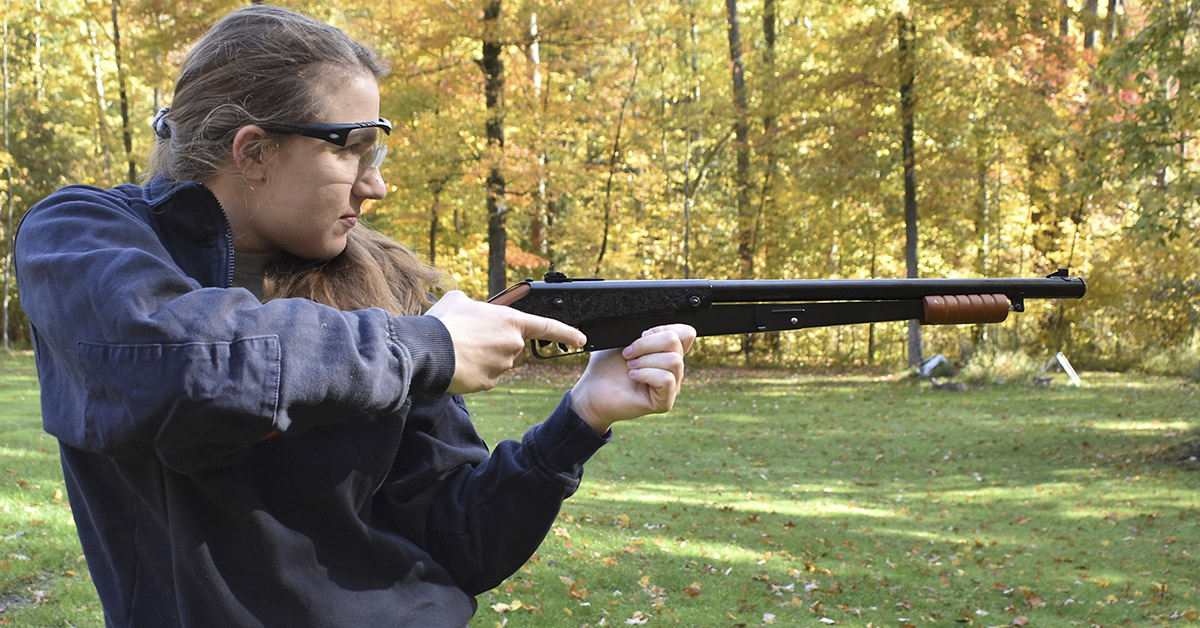
Joe Murfin, Chairman of the Daisy Airgun Museum in Rogers, Arkansas, provided me a more complete history on the Model 25 and of what I saw in Branson.
In 1911, Daisy received a letter from Charles F. Lefever. At this time, the company was headquartered in Plymouth, Michigan. Lefever, a gunsmith in St. Louis, Missouri, and grandson of the founder of the Lefever Arms Company, had designed a pump-action BB gun and he gave Daisy the opportunity to manufacture it. Seeing the unique design’s potential for success, Daisy put the Model 25 into production in 1914 and hired Lefever. The Model 25 remained in production until 1978, discontinued likely in the light of the Red Ryder’s success. Nineteen-eighty-six brought the Model 25 back in a special edition in honor of Daisy’s centennial celebration.
Murfin noted the Model 25 had numerous variations, several of which I saw in Branson.
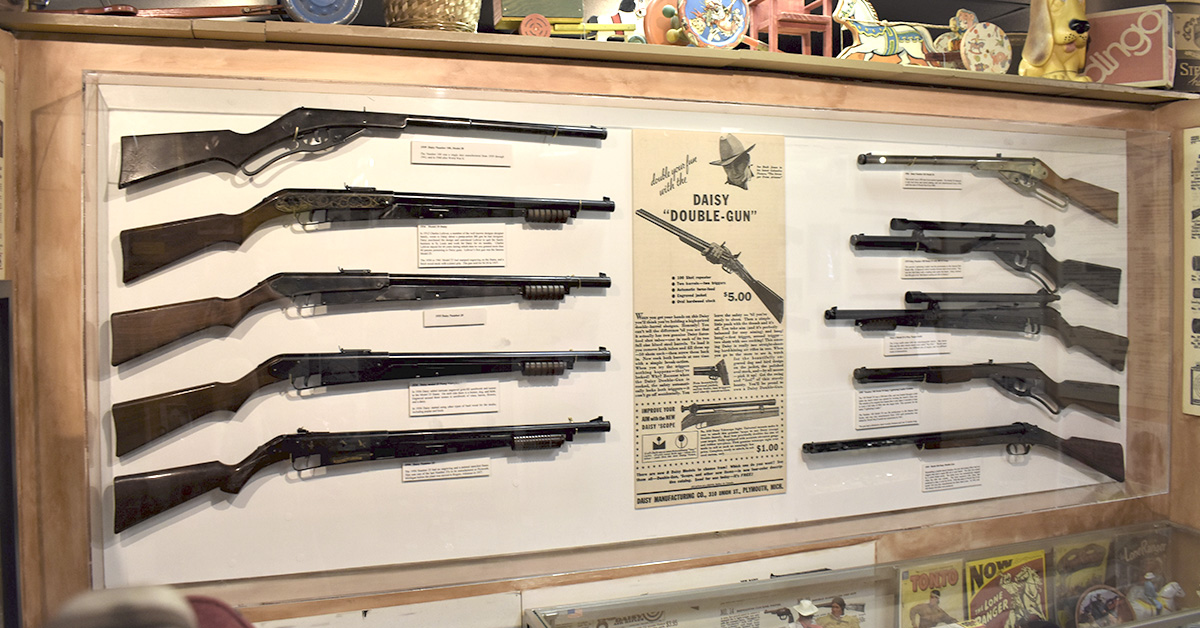
“Daisy guns made after 1952 are all stamped with a unique Register Number. Guns made after November 1972 are all stamped with a Lot Number, the coding of which disclosed the month and year in which the gun was made; however, in order to properly date Daisy guns made prior to 1952, it’s necessary to look at specific gun features.
“For example, the short-throw mechanism was changed to long-throw in 1925 to make the gun easier to cock. Patent numbers were added in 1930. The pump grip had five grooves in the wood until 1930; six after 1930. Non-slip grooves were added to the butt end of the stock in 1932 and the stock shape changed to a pistol grip in 1933. Anchor welds for the pump mechanism changed after WWII and the famous engraving on the frame was added in 1936. The first plastic stock appeared on a Model 25 in 1952, and there are at least thirteen different variations of the plastic-stocked Model 25s.”
A sign in the Branson BB Gun museum indicated the Model 25 was the most powerful of all Daisy BB guns. Modern innovation and new regulations have knocked the Model 25 from this title. The American Society for Testing and Materials (ASTM) first established standards for non-powder guns in 1979. Murfin elaborated on the topic.

“The ASTM established standards for two major classifications of consumer, general use airguns: youth and adult. Those categories remain the standards of the industry today. Youth-appropriate airguns were deemed appropriate for adult-supervised use by those ages ten and older. These youth guns could only shoot with a maximum velocity of 350 feet per second. Guns made prior to 1979 were not regulated by these standards, although as early as 1973, Daisy placed similar recommendations and information on its products’ packaging. A Daisy Model 25 made after 1979 would have had to shoot at a maximum velocity of 350 feet per second or less.”
The new millennium brought a renewed consumer interest in the Model 25 pump gun, and Daisy brought it back to the product line in 2009. The new Model 25 included hallmark features of the old, including a flip-up rear sight (with peep and notched leaves) and screw-out shot tube. It’s also affordable, retailing for $43.90.
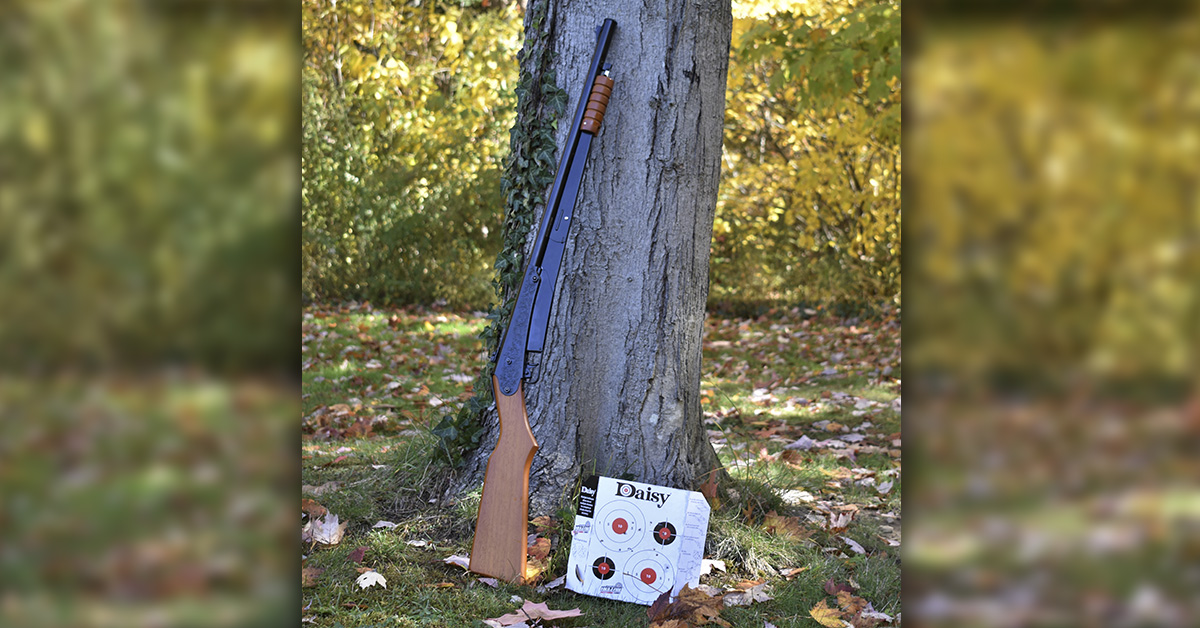
One of the amazing things about guns is their rich history. While many think of the M1 Garand and various military rifles, they don’t often think about the guns that got many people started. The Model 25 spans over a century — enduring many changes in the American landscape and culture. It survived being dropped from the product line and then resurrected with stunning success. The Daisy Model 25 is not only a tool for teaching marksmanship and gun safety, but also provides an extensive lesson in American history.
If you’d like to learn more about Daisy and BB gun history, visit the Daisy Museum in Rogers, Arkansas, or the National BB Gun Museum in Branson, Missouri.











































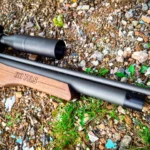

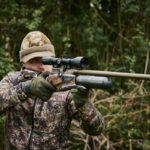

![Air gun 101: The differences between .177 & .22 – Which jobs they do best ? [Infographic]](https://airgunmaniac.com/wp-content/uploads/2024/11/1773-150x150.jpeg)